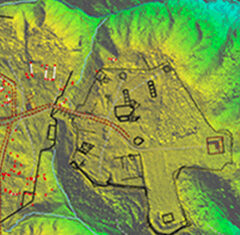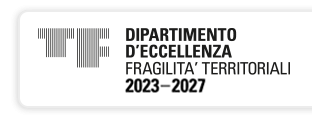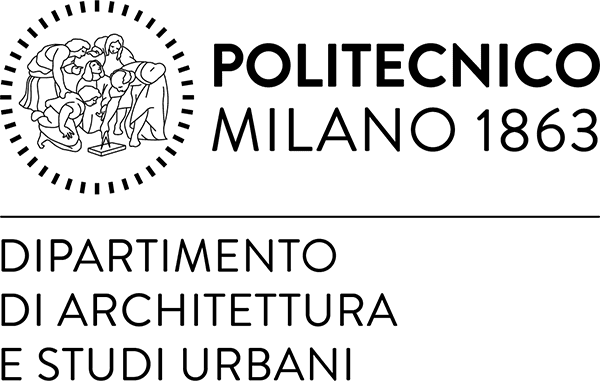The DAStU Lab System is made of DAStU’s experimental laboratories and its goal is to create a continous and constant integration of the services made available by the department to support research, teaching and self-financing departmental activities.
The CCRR-Lab is set up in order to establish a point of reference for the DAStU in relation to the themes underlying the three key words of its name (climate change, risk and resilience), which refer to research areas of great current interest and significant future prospects, also from the international, European and national funding point of view. These themes have global and local interests and pervasively affect territories, cities, neighborhoods and individual buildings and require solutions that often need decades of implementation, such as the de-carbonization of the economy, urban areas and territorial infrastructures and the reduction of territorial risks to acceptable levels.
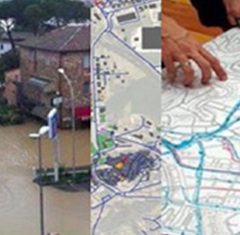
The Laboratory is a space to experiment techniques of building analysis and to develop conservation and protection tools. The research activity is aimed at investigating the history of the use and decay of architectural heritage through research into documents and archives, stratigraphic techniques and, more in general, contemporary archaeology tools, non-destructive and micro-destructive diagnostic investigations.
The structure provides technical and scientific assistance to public and private entities in the context of architectural restoration initiatives with a high degree of complexity and of research promoted and coordinated by the Politecnico through the development of the programmes of investigation, in their execution and in the technical and scientific support for the interpretation of the data.
The laboratory provides organic support to professors, graduating students, PhD students, in particular those specialising in Conservation of Architectural Heritage, in the School of Specialisation in Monument Restoration.
The laboratory carries out its activity at the DAStU Milan Campus and at the Mantova Campus.
Useful links
C.E.C.H
Scuola di Specializzazione in Beni Architettonici e Paesaggio
tirocinio curriculare.
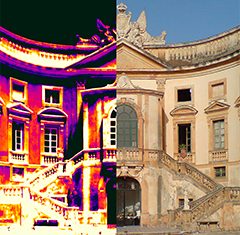
The Mapping and Urban Data Lab – maud is an experimental laboratory that focuses scientific, technical and methodological skills on the analysis, on the mapping and on the visualization for urban and territorial studies. maud supports the Department’s studies and researches designing methods and techniques for analysing and mapping urban transformations, with a strong focus on settlement characteristics, socio-demographic and environmental aspects.
maud acts as a point of reference for teaching and research activities concerning the organization, analysis and visualization of complex data, the production of cartography, the construction of basic or synthetic indicators from local to global scale.
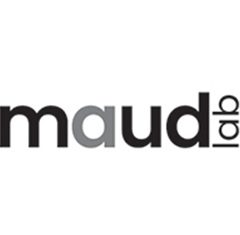
In the Modelling Laboratory, set up in 1987, it is possible to create architectural models on different scales, from the regional and urban one to that of buildings, interiors and household items, through a careful interpretation and verification of surveying or project designs and of the material characteristics of the work represented.
During execution, multiple techniques, materials and finishes are employed, according to the different possible uses of the models, which range from the verification of projects still in the study stage, to the final presentation of the architectural design or to the reproduction to scale of existing works.
The Staff of the Laboratory has accrued considerable experience in the execution of architectural models both with traditional methods and through the use of plotters for laser cutting and CNC machines. This experience has made possible the development of relations with institutions outside the Politecnico for the execution of display models, which require special scientific care.
Even models created by students, with the help of the technical staff, have often been displayed in educational exhibitions inside and outside the Politecnico.
Its spaces include: areas equipped for manual cutting and construction and areas equipped with modelling machines available to users, a separate area with woodworking machines for special processes, reserved to technical staff; a computer area for the development or revision of two-dimensional designs and three-dimensional “virtual ” models, and a photo set.
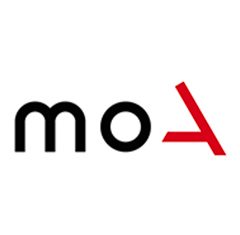
The laboratory is engaged in the investigations necessary to the preparation of conservation projects of architecture, historical urban contexts and landscapes (study of indirect and direct sources, metric surveying, studies of the material consistency of edifices, identification of cases of decay and degradation, definition of project methods and criteria).
It pays special attention to the issues of:
- surveying by laser-scanner;
- experimentation of methods for the dating of historic buildings (archaeology of standing buildings, mensiochronology, chronotypology, wall-building techniques);
- development of geographic information systems (GIS) to manage the information for the protection and conservation project with cartographic databases;
- experimental testing for the characterisation of wood pathologies and for the measurement of residual mechanical strength with Standard Penetration Testing;
- archaeological restoration: techniques for surveying, diagnosis and conservation of architectural and archaeological artefacts;
- study of anthropic landscapes of historical interest and of the measures required for their protection and conservation.
The laboratory hosts the Observatory for the Conservation of the Wood Artwork, whose purpose is not only collecting documentation on wood materials for the BBCC and, in particular, for the architecture (bibliography and iconography, ancient and contemporary treatises, cases of decay and their causes, criteria and methods for conservation projects, etc.), but also carrying out consulting activities and activities for third parties at work sites and research activity in the area of the diagnosis and conservation of wood artefacts.
The laboratory involves in its activities several people undergoing on-the-job training and PhD students. In particular, thanks to its international relations, it is able to initiate internships abroad, in Europe (in particular in the Iberian peninsula and in the Balkans), Middle and Far East, Latin America, both on its own projects and on the projects of its partners.
The Laboratory also carries out cultural promotion activities, organising and participating in conferences and workshops.
